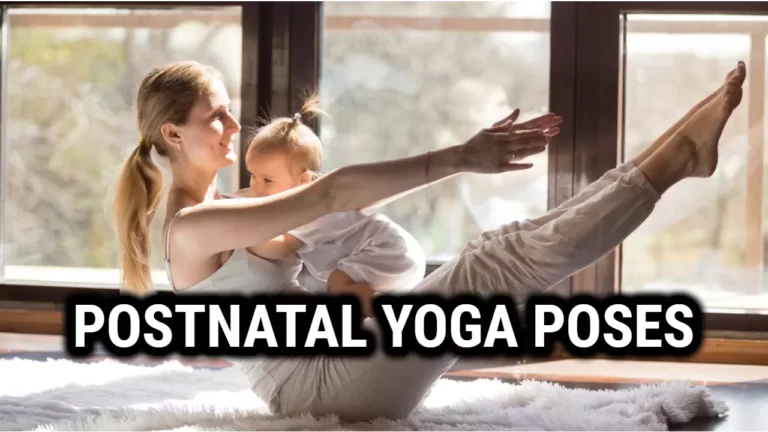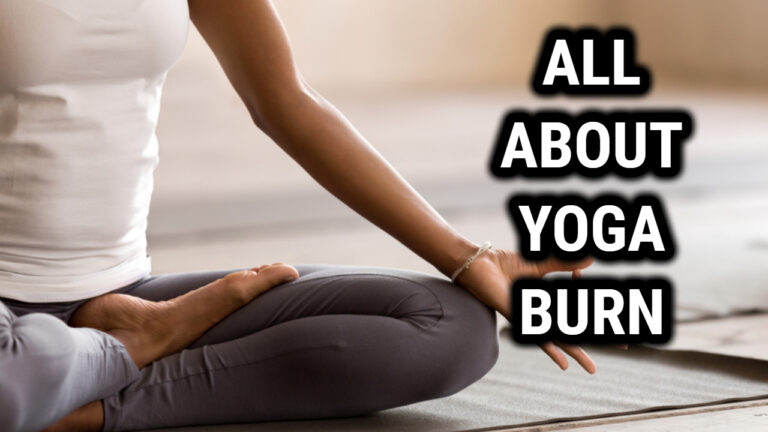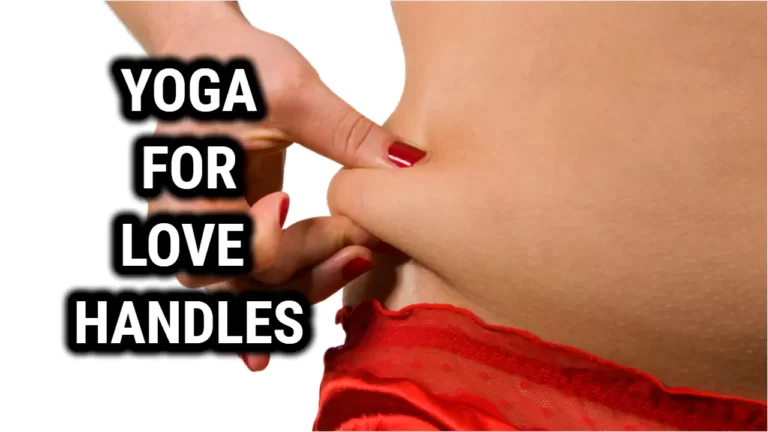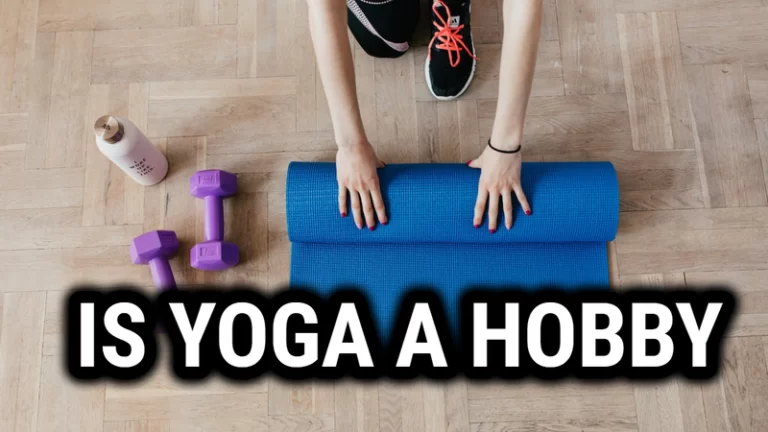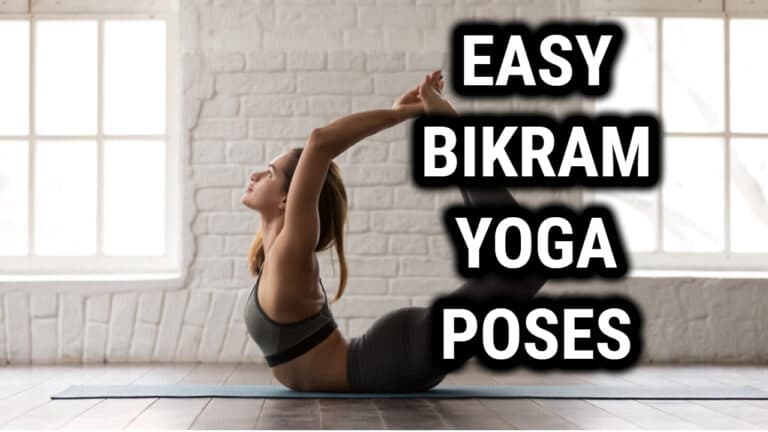Meditative Yoga Poses for Inner Peace and Relaxation

Meditative yoga poses are an effective way to prepare your mind and body for a deeper and more focused meditation practice. These poses help to release tension and increase flexibility, while also calming the mind and reducing stress. By incorporating meditative yoga poses into your daily routine, you can improve your overall well-being and experience a greater sense of inner peace.
There are a variety of meditative yoga poses that you can try, each with its own unique benefits. Some poses, such as Child’s Pose and Legs-Up-the-Wall, are gentle and restorative, making them ideal for beginners or anyone looking to unwind after a long day. Other poses, such as Warrior II and Tree Pose, require more strength and balance, but can help to improve focus and concentration.
Whether you are new to yoga or have been practicing for years, incorporating meditative yoga poses into your routine can be a powerful tool for improving your mental and physical health. By taking the time to connect with your breath and focus your mind, you can experience a greater sense of calm and clarity, both on and off the mat.
What are Meditative Yoga Poses?
Meditative Yoga Poses are a series of postures that help to prepare the mind and body for meditation. These poses are designed to help you relax, focus, and enter a state of deep calmness. They are an essential part of any yoga practice, as they help to reduce stress and anxiety, improve concentration, and promote overall well-being.
Unlike other yoga poses, Meditative Yoga Poses are performed slowly and mindfully, with a focus on breathing and relaxation. They are typically held for longer periods of time, allowing you to sink deeper into the pose and experience its full benefits.
Some of the most common Meditative Yoga Poses include:
- Lotus Pose (Padmasana): This pose is one of the most iconic Meditative Yoga Poses. It involves sitting cross-legged with your feet resting on top of your thighs. This pose helps to open up the hips and promote relaxation.
- Child’s Pose (Balasana): This pose involves sitting on your knees and stretching your arms out in front of you. It is a gentle pose that helps to release tension in the back and neck.
- Corpse Pose (Savasana): This pose involves lying on your back with your arms and legs extended. It is a deeply relaxing pose that helps to calm the mind and body.
- Seated Forward Bend (Paschimottanasana): This pose involves sitting with your legs extended and folding forward over your legs. It helps to release tension in the back and hamstrings.
- Tree Pose (Vrikshasana): This pose involves standing on one leg with the other foot resting on the inner thigh. It helps to improve balance and focus.
These Meditative Yoga Poses are suitable for all levels of practitioners and can be modified to suit your individual needs. They are a great way to start or end your yoga practice, or to incorporate into your daily routine to help promote relaxation and mindfulness.
Benefits of Meditative Yoga Poses
Meditative yoga poses offer a wide range of benefits to both the mind and body. Here are some of the benefits you can expect from incorporating meditative yoga poses into your practice:
- Reduced Stress: Practicing meditative yoga poses can help reduce stress levels by lowering cortisol levels in the body, which is the hormone responsible for stress.
- Improved Focus: Meditative yoga poses help improve focus and concentration by calming the mind and allowing you to be fully present in the moment.
- Better Sleep: Practicing meditative yoga poses can help improve sleep quality and quantity by reducing stress and promoting relaxation.
- Increased Flexibility: Many meditative yoga poses involve gentle stretching, which can help improve flexibility and range of motion over time.
- Improved Mood: Meditative yoga poses can help improve mood by reducing stress and promoting relaxation, which can lead to a more positive outlook on life.
Overall, incorporating meditative yoga poses into your practice can help improve both your physical and mental well-being. By taking the time to focus on your breath and body, you can reduce stress, improve focus, and promote relaxation.
10 Meditative Yoga Poses to Try
If you’re looking to incorporate yoga into your meditation practice, here are ten poses to try:
- Easy Pose (Sukhasana): This is a basic seated pose that helps to calm the mind and improve posture. Sit cross-legged with your hands resting on your knees and your spine straight.
- Child’s Pose (Balasana): This pose is great for releasing tension in the back and hips. Start on your hands and knees, then lower your hips back towards your heels and stretch your arms out in front of you.
- Corpse Pose (Savasana): This is a deeply relaxing pose that involves lying flat on your back with your arms and legs extended. Focus on your breath and let go of any tension in your body.
- Seated Forward Bend (Paschimottanasana): This pose helps to stretch the hamstrings and calm the mind. Sit with your legs extended in front of you, then fold forward and reach for your toes.
- Half Pigeon Pose (Ardha Kapotasana): This pose stretches the hips and thighs and can help to release emotional tension. Start in a low lunge position, then bring your front knee towards your wrist and slide your back leg back.
- Tree Pose (Vrksasana): This pose helps to improve balance and focus. Stand with your feet hip-width apart, then lift one foot and place it on the opposite thigh. Bring your hands to your heart and focus on a point in front of you.
- Cow Face Pose (Gomukhasana): This pose helps to open the hips and shoulders. Sit cross-legged, then bring one arm behind your back and the other overhead. Clasp your hands together if possible.
- Downward Facing Dog (Adho Mukha Svanasana): This pose helps to stretch the hamstrings and shoulders and can help to calm the mind. Start on your hands and knees, then lift your hips up and back into an inverted V-shape.
- Garland Pose (Malasana): This pose helps to open the hips and can help to release tension in the lower back. Start in a squatting position with your feet hip-width apart and your hands at your heart.
- Warrior II Pose (Virabhadrasana II): This pose helps to build strength and focus. Start in a lunge position, then turn your back foot out and extend your arms out to the sides. Gaze over your front hand.
These poses can be done in any order and can be held for as long as feels comfortable for you. Remember to focus on your breath and let go of any distracting thoughts. With practice, these poses can help to deepen your meditation practice and bring a sense of calm and clarity to your mind.
Pranayama Exercises
After mastering the standing postures of yoga, practitioners can now move on to pranayama exercises. Pranayama is an ancient yogic practice of breathing exercises used to improve overall health and wellbeing. According to a study by the National Center for Complementary and Integrative Health, 60% of Americans use pranayama as a way of relaxation.
Yoga breathing or yogic breathing are two common names for pranayama exercises. These exercises focus on techniques that control the breath and allow us to become conscious of our own breath pattern. This helps us regulate our internal energy and calm our minds in order to bring about a meditative state. Pranayama consists of three main components: inhaling, exhaling and holding the breath.
Breathing exercises are an important part of any yoga practice. When practiced regularly, these calming breaths can help reduce stress and anxiety, improve mental clarity, increase energy levels, and reduce insomnia symptoms. Practicing deep breathing has also been found to be helpful for people dealing with depression or chronic pain.
These ancient practices have stood the test of time due to their positive effects on physical and mental health. Pranayama can be practiced anywhere at any time with no need for special equipment or clothing – making it a great option for anyone looking to increase their overall wellbeing without spending much money or time.
Also Read: Is Meditation Part Of Yoga – Are These Two Sides of The Same Coin?
Mantra Meditation
Mantra meditation is a popular form of meditation practice used in yoga and other forms of spiritual practice. It involves chanting or repeating a particular mantra, usually a short phrase or word, over and over again.
Mantra meditation has many benefits, including increased feelings of peace, relaxation and focus. Additionally, it can help to reduce stress levels and enhance physical health through improved sleep.
The following are some tips for engaging in mantra meditation:
- Choose a mantra that resonates with you. This could be anything from a single syllable to a longer phrase or word.
- Repeat your mantra silently in your mind during meditation sessions.
- Allow yourself to focus on the sound and vibration of the mantra while meditating.
- Incorporate other meditation techniques such as breath work or mindfulness into your mantra practice for added benefits.
Mantra meditation is an effective way to calm the mind and body while deepening one’s connection to their spiritual self. Utilizing this practice can help you cultivate inner peace, experience greater physical well being, and cultivate mental clarity and focus.
How to Incorporate Meditative Yoga Poses into Your Practice
Meditative yoga poses are a great way to connect with your breath, calm your mind, and cultivate inner peace. Here are a few tips on how to incorporate meditative yoga poses into your practice:
- Start with a few minutes of meditation: Begin your practice by sitting in a comfortable position and focusing on your breath. This will help you to quiet your mind and prepare for your yoga practice.
- Choose poses that promote relaxation: Poses such as Child’s Pose, Forward Fold, and Legs Up the Wall are great for promoting relaxation and calming the nervous system.
- Focus on your breath: As you move through your practice, focus on your breath and use it to guide your movements. This will help you to stay present and mindful during your practice.
- Use props: Props such as blankets, blocks, and bolsters can help to support your body and deepen your relaxation in poses such as Savasana.
- End with a few minutes of meditation: After your practice, take a few minutes to sit in meditation and reflect on your practice. This will help you to integrate the benefits of your practice into your daily life.
Remember, the goal of meditative yoga poses is not to achieve a perfect pose, but to connect with your breath and cultivate inner peace. Take your time with each pose and listen to your body. With practice, you will find that meditative yoga poses become an integral part of your yoga practice and your daily life.
Related Read: Manipura Yoga Poses: Strengthening Your Solar Plexus Chakra
Conclusion
Practicing yoga poses before meditation can help you prepare your mind and body for deeper connection and peace. It can also help reduce stress, anxiety, and depression while improving your concentration and self-awareness.
When it comes to selecting the right yoga poses for your meditation practice, there are many options available. You can choose from the 17 poses recommended by Yoga Journal, the 11 poses suggested by Mindful Zen, or create your sequence based on your preferences and skill level.
It’s important to remember that everyone’s body is different, and what works for one person may not work for another. Therefore, it’s essential to listen to your body and modify poses as needed to prevent injury and discomfort.
Overall, incorporating yoga poses into your meditation practice can be a powerful tool for achieving inner peace, improving your physical and mental health, and promoting overall well-being. We hope this article has provided you with valuable insights and resources to help you enhance your meditative yoga practice!
